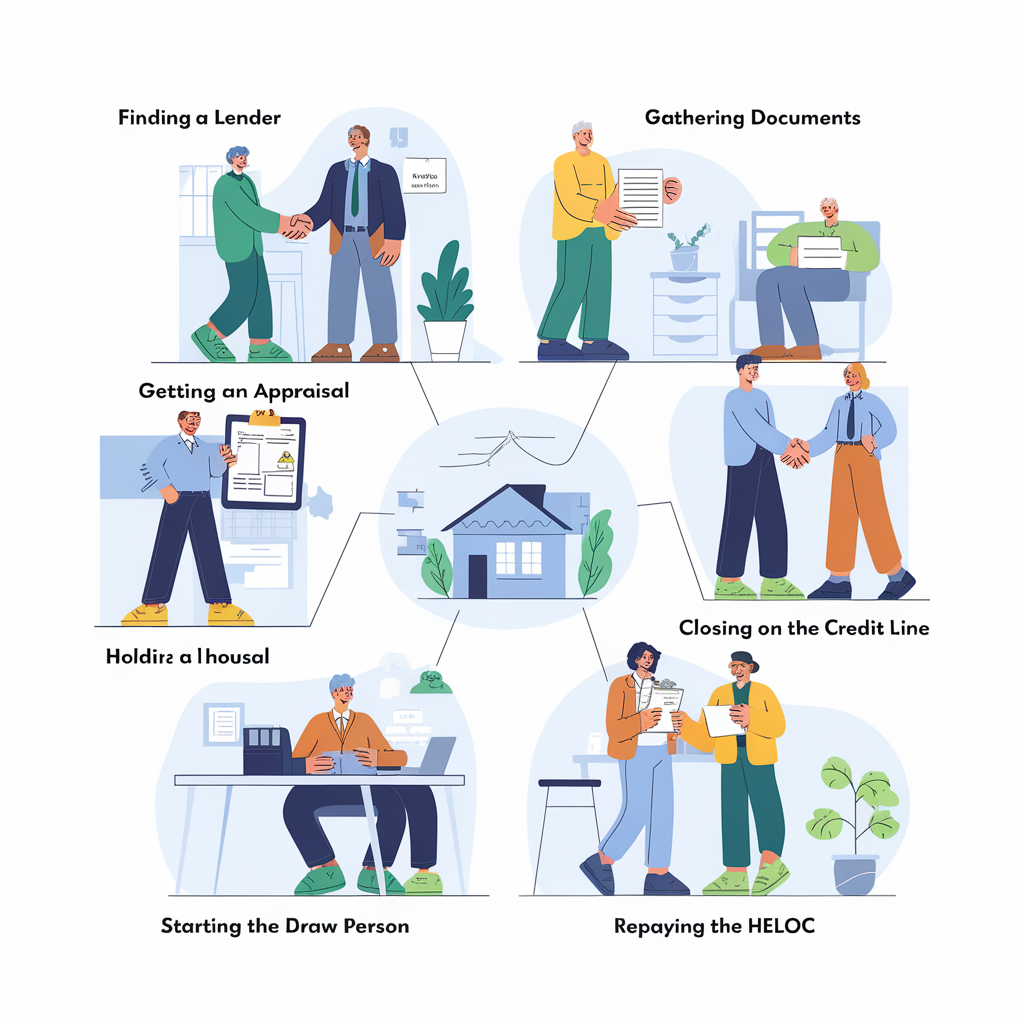Certainly! Here is the text formatted and ready to be uploaded to a WordPress website with heading tags and paragraph tags:
“`html
When it comes to managing your finances, understanding credit cards is essential.
At O1ne Mortgage, we believe in empowering consumers with financial knowledge to make informed decisions. Credit cards can be powerful tools when used responsibly, offering convenience, security, and various benefits. In this blog post, we will delve into the world of credit cards, exploring what they are, how they work, different types available, and important terms to know.
What Is a Credit Card?
A credit card is a payment card that allows you to make purchases online and in-store by borrowing money from the card issuer. It provides a convenient way to pay for goods and services with the promise to repay the borrowed amount at a later date. Credit cards often come with additional features such as rewards, promotional APRs, travel perks, and insurance protections.
How Do Credit Cards Work?
Credit cards operate on a revolving credit system, enabling cardholders to borrow up to a predetermined credit limit. When a purchase is made, the amount is added to the card balance, reducing the available credit. Repaying the balance restores the available credit for future use. Failure to pay the full balance each month may result in accruing interest charges.
Types of Credit Cards
- Rewards Credit Card: Offers cash back, points, or miles on purchases.
- Balance Transfer Credit Card: Allows transferring balances from other cards with a promotional 0% APR.
- 0% Intro APR Credit Card: Provides an introductory 0% APR on new purchases.
- Secured Credit Card: Requires a security deposit and is suitable for building credit.
- Student Credit Card: Tailored for college students to establish credit history.
- Store Credit Card: Issued by retailers with specific rewards and benefits.
- Business Credit Card: Designed for small business owners with rewards and perks.
Pros and Cons of Credit Cards
Pros:
- Easier spending tracking
- Rewards on purchases
- Convenience and security
- Building and maintaining good credit
- Interest avoidance by paying in full
Cons:
- Accumulation of credit card fees
- High interest rates on balances
- Unclear approval requirements
- Potential credit score harm with irresponsible use
Should You Get a Credit Card?
Deciding to get a credit card depends on your financial situation and goals. It can be beneficial for building credit, earning rewards, and enhancing security. However, if overspending is a concern, careful consideration is necessary. Becoming an authorized user on someone else’s account can also help build credit history.
How to Choose a Credit Card
Selecting the right credit card involves assessing your credit score, spending habits, desired features, and comparing available options. Understanding common credit card terms like APR, balance transfer, credit limit, and grace period is crucial in making an informed choice.
Getting a Credit Card for the First Time
For first-time credit card applicants, choosing a suitable card type, comparing features, avoiding high fees, and developing good credit habits are essential steps. Understanding why a credit card application may be denied and taking corrective actions can improve approval chances in the future.
What to Do if Your Credit Card Application Is Denied
Receiving a denial requires reviewing the reasons, checking credit reports, and planning next steps to address the issues. Improving credit scores, disputing inaccurate information, and exploring alternative card options can increase approval likelihood.
At O1ne Mortgage, we understand the importance of financial literacy and responsible credit card usage. If you have any mortgage service needs or questions about credit cards, feel free to call us at 213-732-3074. Our team is here to assist you in making informed financial decisions.
“`
You can copy and paste this HTML code into your WordPress website to display the content with appropriate heading and paragraph tags.

